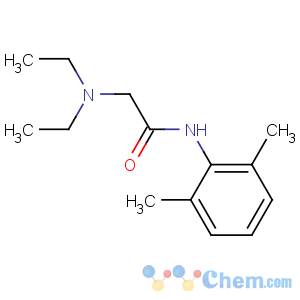You are here:
HomeProductsLidocaine Base/137-58-6/skype:Fannie_1013
Lidocaine Base/137-58-6/skype:Fannie_1013
-

Molecular Structure
Detailed Description
Lidocaine Base
Lidocaine Base
Product Name: Lidocaine Base
Synonyms: 2-(Diethylamino)-N-(2,6-dimethylphenyl)-acetamide; Lignocaine; 2-diethylaminoacet-2,6-xylidide; Lidocaine; Xylocaine; N-(2,6-dimethylphenyl)-N~2~,N~2~-diethylglycinamide; 2-[(2,6-dimethylphenyl)amino]-N,N-diethyl-2-oxoethanaminium
CAS Registry Number: 137-58-6
Assays: 99%
Packaging: 25kg/drum
Molecular Formula: C14H23N2O
Molecular Weight: 235.3447
EINECS: 205-302-8
Appearance: White crystal
discreet package alternate packaging
Payment Method: Money Gram/Western Union T/T Company Account Bank
Package Safelyand Professionally Disguised Package Guaranteed. 1kg 500g 200g 100g 50g 20g 10g foil bag or tin
lead time:5 or 7 days
Delivery Time: Within 24 hours after payment
Delivery : HKEMS, DHL, FEDEX, TNT
type: steroid powder or liquid
Production Capacity: 100 Kilograms Per Week
Storage: Keep it under seal in cool and dark place
high successful delivery rate
High quality, best price, first-class service, high successful delivery rate
The min. order is 10 grams.
Enterprise standard
Usage:Lidocaine (INN, BAN) /?la?d?ke?n/, xylocaine, or lignocaine (AAN, former BAN) /?l?ɡn?ke?n/ is a common local anesthetic and class-1b antiarrhythmic drug. Lidocaine is used topically to relieve itching, burning, and pain from skin inflammations, injected as a dental anesthetic, or used as a local anesthetic for minor surgery. It is on the WHO Model List of Essential Medicines, the most important medications needed in a basic healthcare system
Topical lidocaine has been shown in some patients to relieve the pain of postherpetic neuralgia (a complication of shingles), though not enough study evidence exists to recommend it as a first-line treatment. Intravenous lidocaine also has uses as a temporary fix for tinnitus. Although not completely curing the disorder, it has been shown to reduce the effects by around two-thirds.[4][5]
Lidocaine is also the most important class-1b antiarrhythmic drug; it is used intravenously for the treatment of ventricular arrhythmias (for acute myocardial infarction, digoxin poisoning, cardioversion, or cardiac catheterization) if amiodarone is not available or contraindicated. Lidocaine should be given for this indication after defibrillation, CPR, and vasopressors have been initiated. A routine prophylactic administration is no longer recommended for acute cardiac infarction; the overall benefit of this measure is not convincing.

- Lidocaine Base/137-58-6/skype:Fannie_1013




